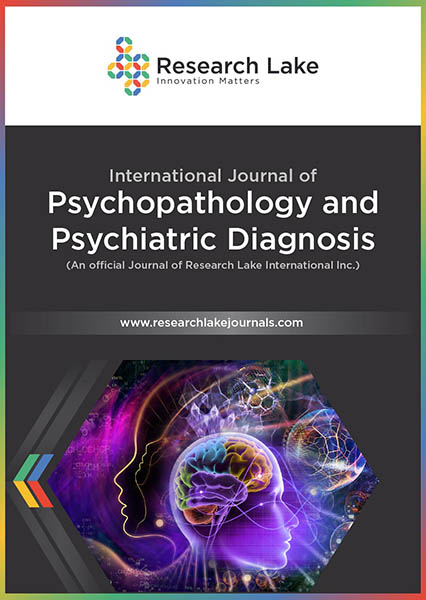Longitudinal Changes in Depression Among Patients at an Integrated Primary Care Clinic During the COVID-19 Pandemic
Depression and COVID-19 Pandemic
Abstract
Introduction: The current study assessed trajectory of within subject change in depressive symptoms before and after the COVID-19 related lockdowns were implemented in the United States in 2019-2020.
Method: A General Estimating Equations model was conducted with electronic medical records data of 36,868 adult patients at a chain of federally funded integrated primary care clinics. Changes in Patient Health Questionnaire-2 (PHQ-2) scores were included in the model as the dependent variable.
Results: April 2020 was the only month when PHQ-2 scores increased with 95% confidence. April and December 2020 had greater likelihood than April and December 2019 to show a mean increase in depressive symptoms.
Discussion: Depression rates increased substantially at the start of the pandemic (i.e., April 2020) and subsequently returned to pre-pandemic expectations. However, depression rates were less likely to decline in December 2019, which may be due to social distancing and cancellation of holiday gatherings.
Copyright (c) 2022 Brian George Collin, Carrie French, John Penezic, Sarah Shelton, Steven Katsikas

This work is licensed under a Creative Commons Attribution-NonCommercial 4.0 International License.
Copyright © by the authors; licensee Research Lake International Inc., Canada. This article is an open access article distributed under the terms and conditions of the Creative Commons Attribution Non-Commercial License (CC BY-NC) (http://creativecommons.org/licenses/by-nc/4.0/).




